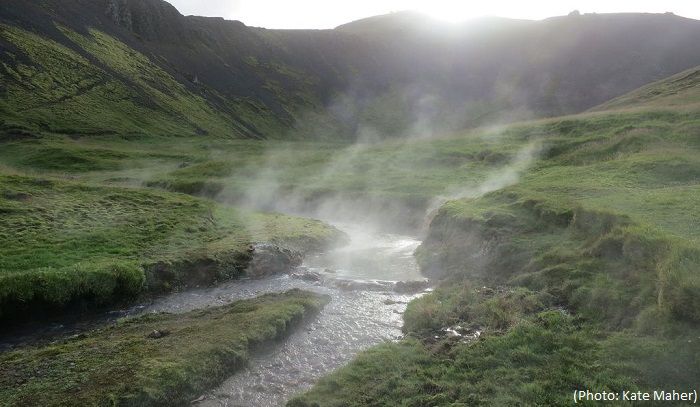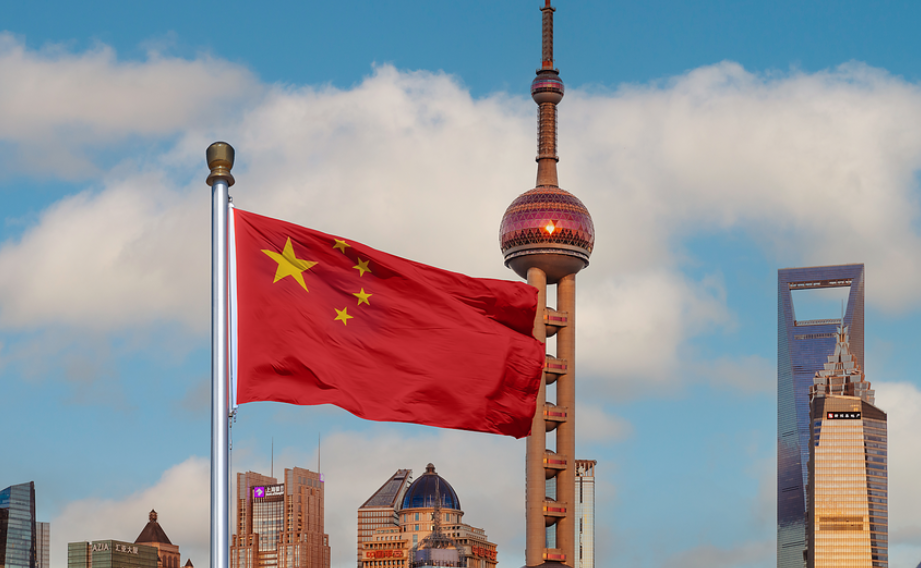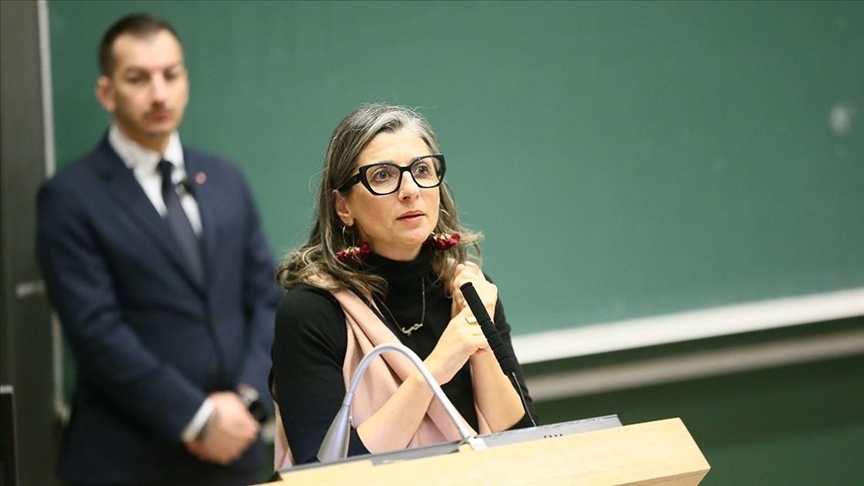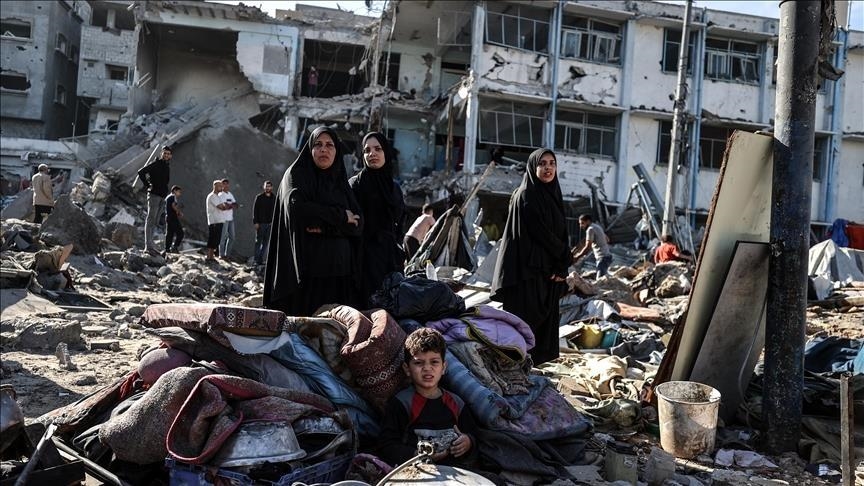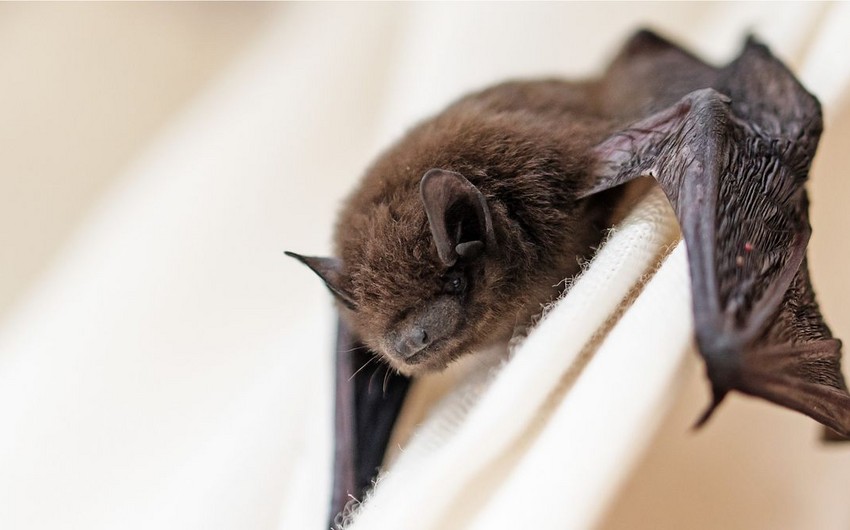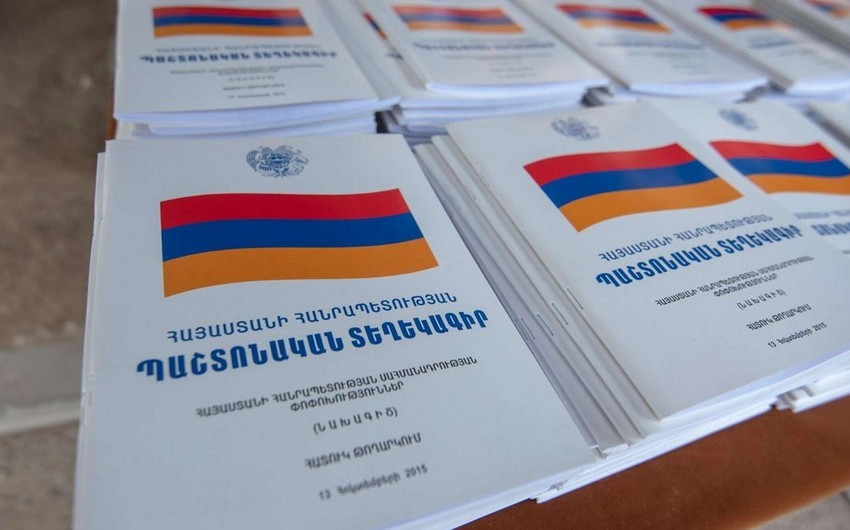Hundreds of millions of years ago, massive ice caps sheathed Earth’s continents from coast to coast. Only the peaks of the planet’s mountains stood above the ice as glaciers ground and crushed their way through the bedrock, meandering slowly toward the snow-covered plains. Where the glaciers met the oceans, huge blocks of ice and rock calved from the glaciers and dropped into the sea. Life, mostly algae, cyanobacteria and other bacteria, somehow persisted in the small ice-free pockets of ocean water. Like an icy planet in a distant solar system, Earth during its formative years, a juvenile phase known as the “Snowball” Earth, was a far different place than the mostly blue planet of today.
At the core of unraveling the mystery of our planet’s history is the question: How does the Earth work? Fossil records point to bi-directional interactions between life and Earth’s systems. These interactions are governed by the carbon cycle, a delicate planetary-scale machine that determines Earth’s climate. Ultimately, to understand how the Earth’s carbon cycle works is to appreciate the human influence currently impacting it: Despite the ambiguity of the past, our current trajectory is uniquely certain.
The last time a Snowball Earth happened was 640 million years ago, during a period known as the Cryogenian. At the time, complex life had not yet evolved, so it is difficult to know what fraction of life perished under the inhospitable ice. After about ten million years, the ice began to retreat, furnishing the oceans with abundant nutrients for life. This post-glacial ocean buffet coincides with the first fossil evidence for sponges, and thus it may have fostered the emergence of the first animals. Based on the few remaining layers of ancient seafloor, scientists think that the planet was almost entirely frozen, not just once, but multiple times in its early years.
In contrast, other periods in Earth’s history have been exceedingly warm. Fifty-two million years ago, during the Eocene, lush mega-forests of swamp cypress and dawn redwood occupied what is now the Arctic circle, and the first animals that we would recognize as mammals appeared in the fossil record. Periods like the Eocene are often referred to as a “Greenhouse” Earth, because they are known to coincide with high levels of carbon dioxide in the atmosphere.
Much like Goldilocks searching for the porridge that is just the right temperature, Earth’s climate has repeatedly sampled from the extremes.
Although the notion of switching between ice-covered or swamp-infested planets may sound formidable, such major climate shifts occurred over tens of millions of years, giving life plenty of evolutionary time to develop new strategies to succeed. These slow transitions from Greenhouse to Icehouse climates are a result of subtle changes in the Earth’s geologic carbon cycle.
Throughout Earth’s history, volcanoes have continuously vented carbon stored deep in the Earth’s interior in response to shifting tectonic plates. Carbon dioxide (CO2) from an array of belching volcanoes floods into the atmosphere, where it dissolves in rainwater and falls back to Earth. As that rainwater percolates through soil, it dissolves the rock, picking up calcium along the way. River systems then deliver the calcium and CO2 to the ocean, and when calcium carbonate or limestone precipitates, often thanks to calcifying organisms like corals and mollusks, the CO2 is finally locked away.
In some respects, the carbon cycle is a bit like heating a home with a broken thermostat: When the furnace puts out too much heat, or CO2, windows can be opened to cool the home. For the carbon cycle, an increase in the activity of volcanoes heats the planet, which is balanced by an increase in rock weathering within soils, moving more calcium and CO2 into the oceans to form limestone and creating a negative feedback that keeps atmospheric CO2 levels steady, and by extension, the temperature of the planet, in check. This tug-of-war between the furnace, or global CO2 emissions, and the windows, or the weathering of rocks, largely determines the state of Earth’s climate. It is easy to see volcanoes as the nefarious actors in this climate tug-of-war; however, listless and unresponsive rock weathering within soils can be equally as villainous.
Miraculously, the planet’s soils are mostly quite adept at opening and closing windows, if given enough time. On average, the lifetime of a carbon molecule in the ocean-atmosphere system is about 300,000 years, and thus on million-year timescales the Earth is mostly balanced by the open windows.
Nevertheless, climate catastrophes have occurred many times in Earth’s history, often coinciding with large mass extinctions. Uncovering the culprit behind these catastrophic events is difficult. On occasion, excessive volcanic emissions suspiciously coincide with major upheavals in the carbon cycle.
At the end of the Permian, 251 million years ago, the Siberian Traps erupted onto the coal beds of what is now Siberia, releasing so much carbon that global warming and ocean acidification most certainly played a role in the largest of marine extinctions. At the end-Permian mass extinction, 90 percent of marine species went extinct, then slowly, over millions of years, the carbon balance was re-established and life recovered. Life looked different than before, with the first appearance of ichthyosaurs and scleractinian corals.
.jpg)
It is tempting to view the story of Earth as one of catastrophic upheaval followed by the establishment of new and ever more complex life forms. This is true, but perhaps a more miraculous story is how two seemingly disparate actors, CO2-emitting volcanoes and the soil-river-ocean continuum that returns the CO2 to the Earth’s interior, managed to keep Earth’s climate mostly habitable for billions of years. Estimates from fossil soils and plants, as well as marine deposits, suggest that for at least the last 600 million years atmospheric CO2 levels have mostly been within five times pre-industrial levels.
For comparison, the most pessimistic scenario put forward by Intergovernmental Panel on Climate Change (IPCC) suggests atmospheric CO2 levels could approach 3.5 to 5 times pre-industrial values by the year 2100, levels not seen since the end-Permian mass extinction. To put this in perspective, humans now emit CO2 at a rate that is about 68 times the rate it can be returned to the solid Earth via the oceans. There is currently no known way to increase the transfer of carbon by soils and rivers by more than a few percent, such that it will take hundreds of thousands of years to remove the excess CO2 from the ocean-atmosphere system. In addition, due to land use changes and population growth, we are slowly short circuiting the soils, rivers and ecosystems that work collectively to transfer CO2 from the atmosphere to the oceans, and eventually to limestone.
It is easy to look out on the vast blue oceans, lush green forests, delicate deserts and snow-covered peaks through the lens of Earth history and conclude that the Earth will take care of itself. The reality is that the Earth has never seen a geologic agent quite as rapid and relentless as humans. Although the Earth looks far different now than it did in the past, the lessons from Earth history still apply: We are turning up the heat far faster than the Earth can possibly open the windows.

